Posts Tagged ‘Merchant Marine’


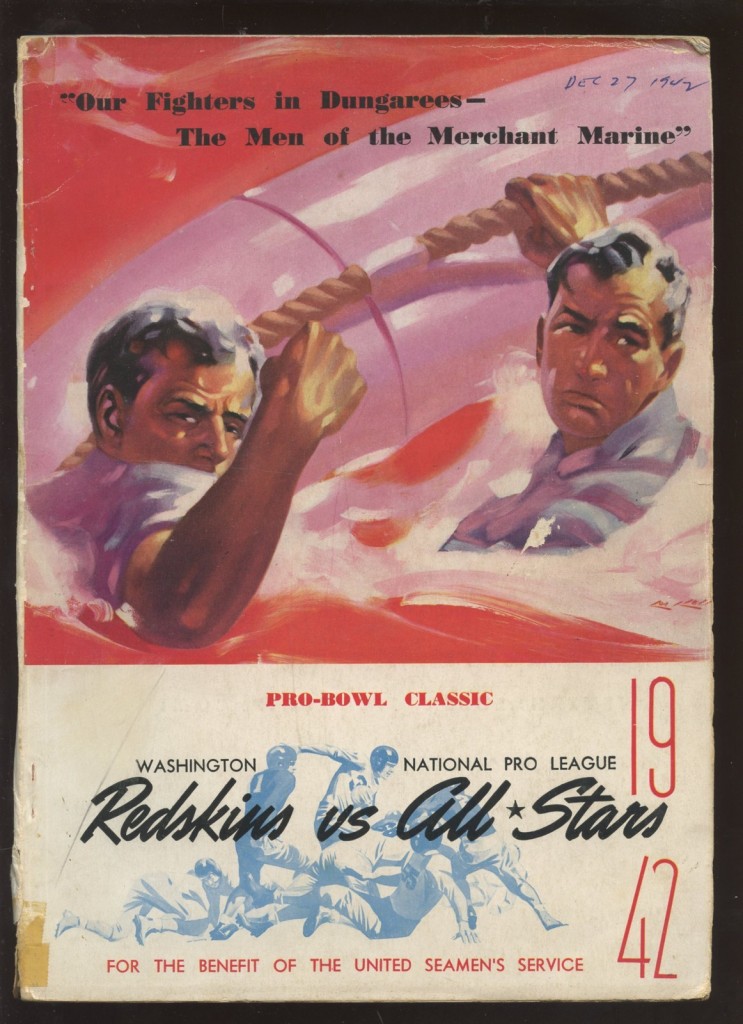
On December 13, 1942, the Eastern Division champion Washington Redskins prevailed over the Western Division and defending NFL champion Chicago Bears. In front of a home-crowd of over 36,000 at Griffith Park in Washington D.C., the Redskins captured the ’42 NFL Championship, defeating the Bears by a score of 14 to 6; ending both their reign as champions and an otherwise perfect season. This victory for the Redskins was redemption for the franchise which – two years prior – had been embarrassed by the Chicago Bears in the 1940 NFL Championship Game in what remains the most lopsided contest in NFL history (73 – 0).
However, unlike today’s Super Bowl or Pro Bowl system, the winners of the 1942 NFL Championship Game did not go home to ticker-tape parades in celebration: they went on to face a team of all-star players hand-picked from teams from across the league in the NFL All-Star Game. On this date, 70 years ago, at Shibe Park in Philadelphia, Pennsylvania, the newly-crowned Washington Redskins would be defeated by the All-Star squad, lead by Chicago Bears coach Hunk Anderson. The 1942 meeting would be the final All-Star Game of the decade, making way for the debut of the more familiar Pro Bowl system in 1951. Proceeds of the 1942 All-Star Game went to benefit the United Seamen’s Service.
On view from January 26, 2013 – May 5, 2013, The National WWII Museum will host Gridiron Glory: The Best of the Pro Football Hall of Fame. Organized by the Pro Football Hall of Fame, Gridiron Glory presents a panoramic view of the story of professional football — from its humble beginnings in the late 19th century to the cultural phenomenon it is today — and brings together an extraordinary collection of artifacts, while creating an unforgettable interactive experience. The Hall of Fame has partnered with NFL Films in creating the audio and video for this exhibit.
This post by Collin Makamson, Red Ball Express Coordinator @ The National WWII Museum



On this day we remember Chief Radio Operator Louis Taix.

Seventy years ago today, on 15 May 1942, twenty-five years old Louis Taix was killed when his ship, the SS Nicarao was torpedoed and sunk by the German submarine, U-571. Taix, the Chief Radio operator on the boat was trapped in the radio shack and went down with the ship as he was sending out cries for help.
Taix had grown up in New Orleans with his siblings and French immigrant parents. It was only after Taix’s death that his parents took steps to become American citizens. Earlier family photos show Louis costuming on Mardi Gras with his family and clowning with his brother, local boxing champ George Taix. Taix’s siblings have often wondered over the years how their lives would be different had their brother survived the war.
Read more about Louis Taix and other stories of sacrifice from the Museum’s Collection at http://mymemorialday.org/remember/taix.php.
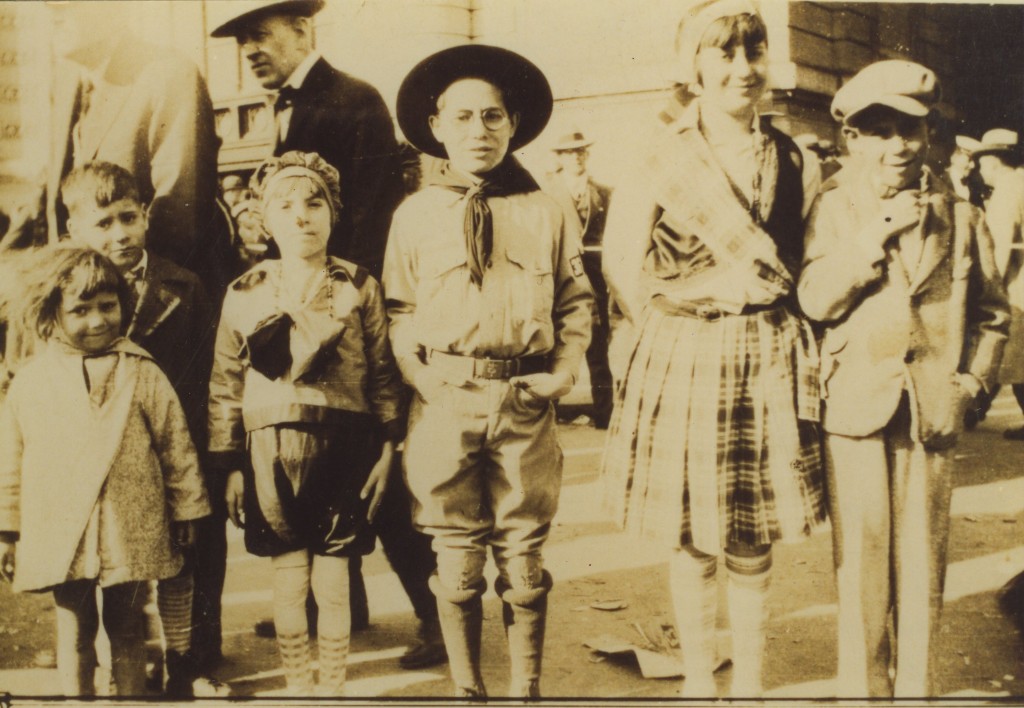
Louis Taix (center) with family on Mardi Gras.
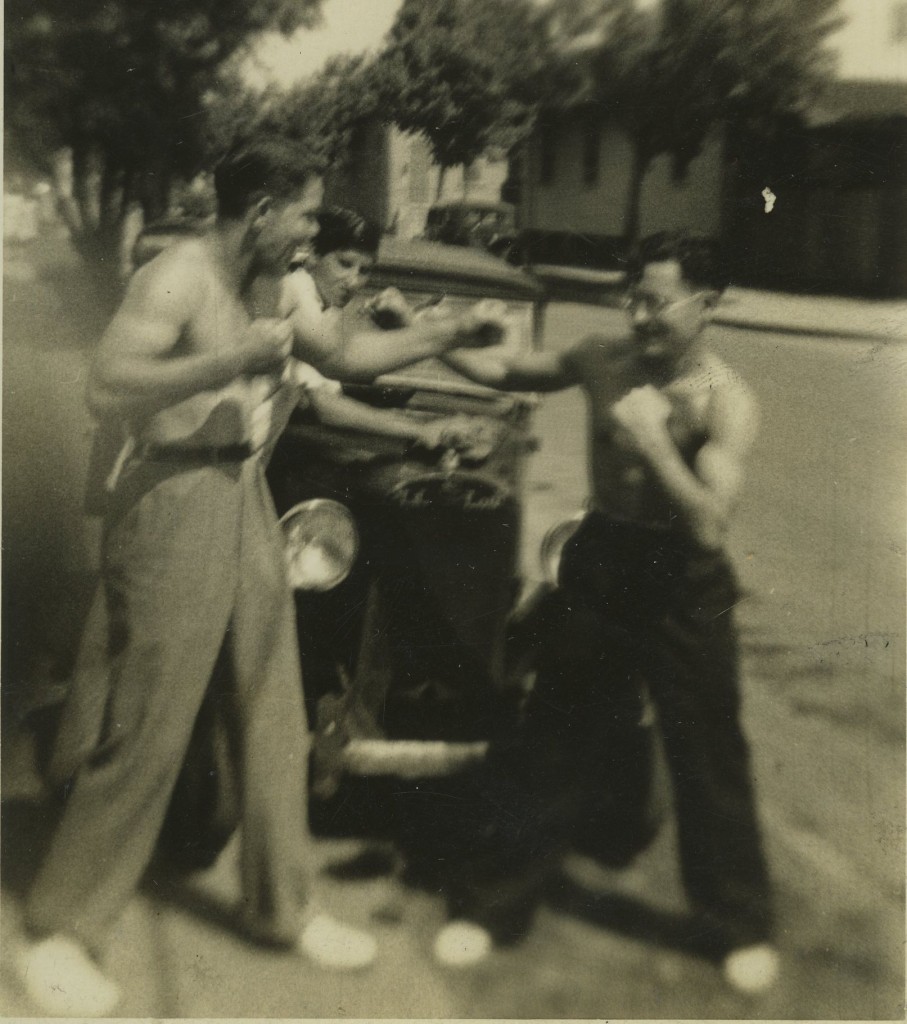
Louis Taix (right) with his brother, George.
Images Courtesy of the Taix Family.
Post by Curator Kimberly Guise.



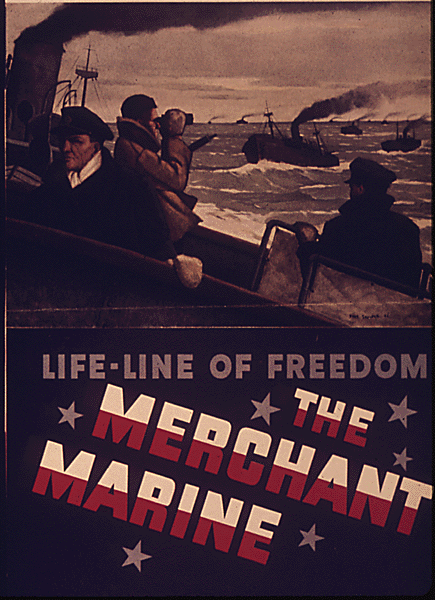
The Murmansk Run
In March 1941, Congress approved the Lend-Lease Act, allowing the United States to ship badly needed supplies to her Allies across the Atlantic, without payment until the end of the war. In August 1941 the United States Merchant Marine, a civilian auxiliary to the Navy, began transporting supplies to the Soviet Union. These Arctic Convoys took an incredibly dangerous route through the Barents Sea to reach the warm-water port of Murmansk. The route taken was just miles from the Nazi-occupied territory of Finland and Norway. Despite this threat, the Merchant Marine delivered millions of tons of goods before the war ended, including but not limited to aircraft, jeeps, trucks, food, clothing, and petroleum products.
On 1 April 1942 convoy PQ 13, made up of British, American, Panamanian, Honduran, and Polish ships, arrived at Murmansk. The convoy was given the support of a powerful escort, intended mainly to protect the ships and their supplies from the battleship Tirpitz, then in Norwegian waters for the main purpose of wreaking havoc on Allied shipping.
In what proved to be a typically dangerous convoy experience, the ships were dispersed by a storm, then spotted by German aircraft. They were attacked by the Luftwaffe from above, by U-boats from beneath the sea, and by destroyers on the water’s surface, costing the convoy six ships. By 1 April, the surviving merchant ships reached Murmansk with supplies vital to the Soviet fight on the Eastern Front. See highlights from the Museum’s Merchant Marine collection below.
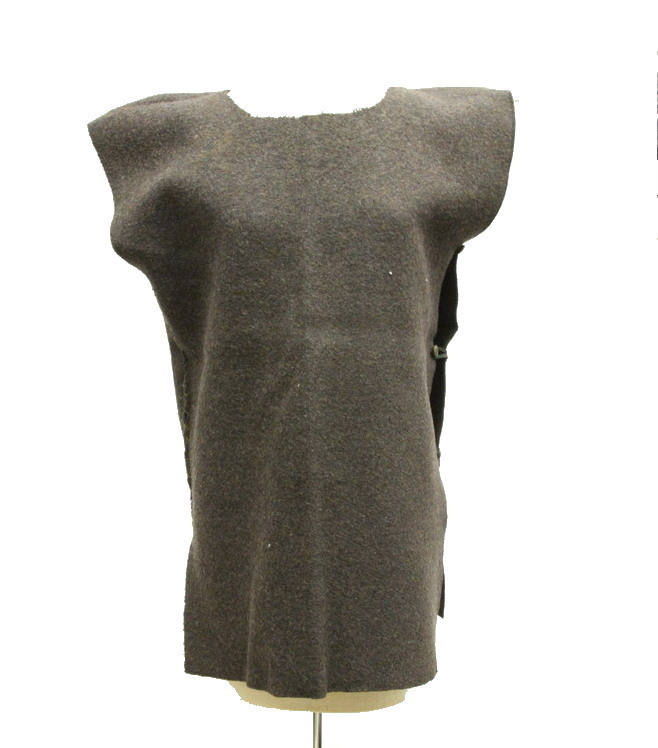
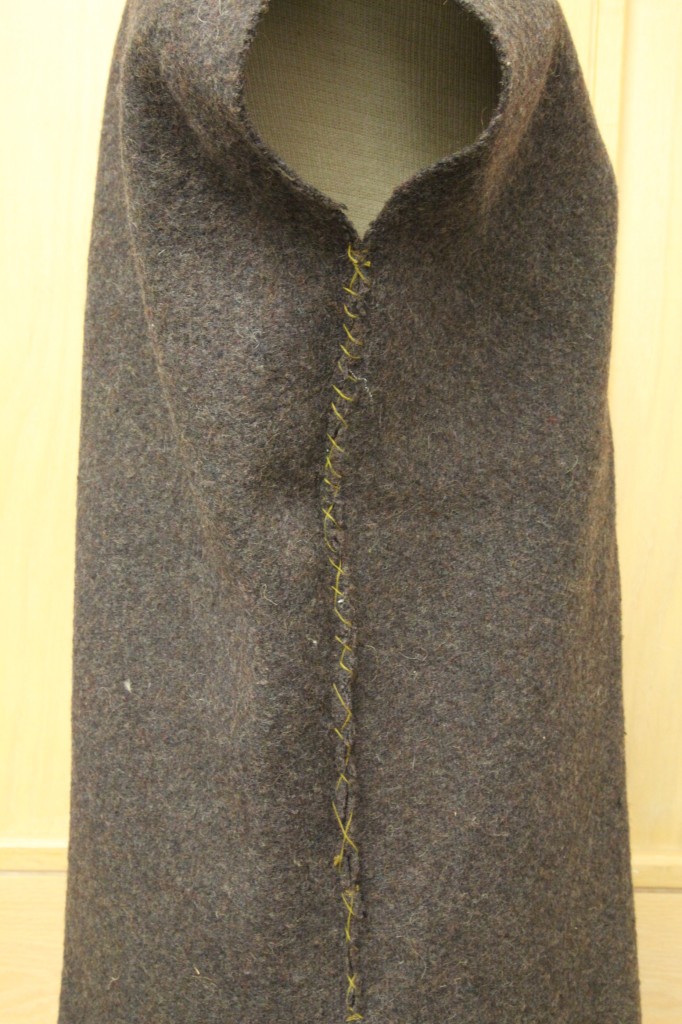
Handmade Winter Vest
Gift of the Family of Everett Lee, 2001.087.02
Seaman 1st Class Everett Lee made this vest by hand while en route to Murmansk. Lee and the rest of his crew were unprepared for the below freezing temperatures of the Barents Sea. The crew cut up blankets and sewed them into vests to retain warmth.
Lee served aboard the Liberty ships SS Malang, SS Margaret Lykes, SS James Bowie, and SS Andrew Stevenson. He earned the Merchant Marine Combat Bar, issued for “active service with the United States Merchant Marine in a ship which was engaged in direct enemy action.”
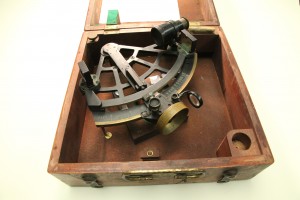

Stadimeter & Soviet Commemorative Medal
Gift of Capt. J.W. Clark, 2003.306
Merchant Marine Captain J.W. Clark used this stadimeter while on a run to Murmansk. Although similar to a sextant, a stadimeter is a navigational tool used to determine a ship’s position when in sight of land. They were also used to maintain order and position within a convoy.
In celebration of the 40th anniversary of the end of World War II, or what Russians call The Great Patriotic War, Captain Clark was awarded this commemorative medal. It is a token of thanks from the Russian government for Clark’s service with the US Merchant Marine in delivering vital supplies to the Soviet Union via the Arctic convoys.
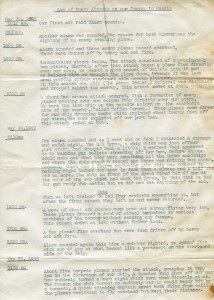
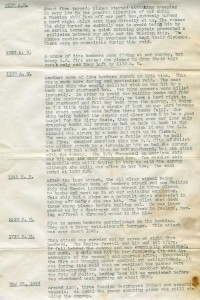
Gift of Mary Clair Stanton, 2001.105
The above log describes several instances of enemy attacks on a merchant marine convoy headed to Murmansk. Over the course of only five days in May 1942, the anonymous author of witnessed several attacks on merchant ships by German submarines and aircraft.
The alarm sounded and as I went out on deck I witnessed a strange and awful sight. The SS Syros, a ship which was just off our port stern, had dropped back a little. I noticed what appeared to be machine gun bullets streaming off her bow. Before anyone could make out what they were, something hit the Syros amidships and where the ship stood a second ago, there was nothing but steam. Suddenly there was a fierce explosion. The ship was reduced to nothing right before our eyes. In less than a minute and a half she was no more.
The author also indicates that the convoy’s escorts abandoned their duty at the first sign of attack. Merchant seamen faced grave danger on the Murmansk run, as well as that to Arkhangelsk.
This post by curator Meg Roussel















